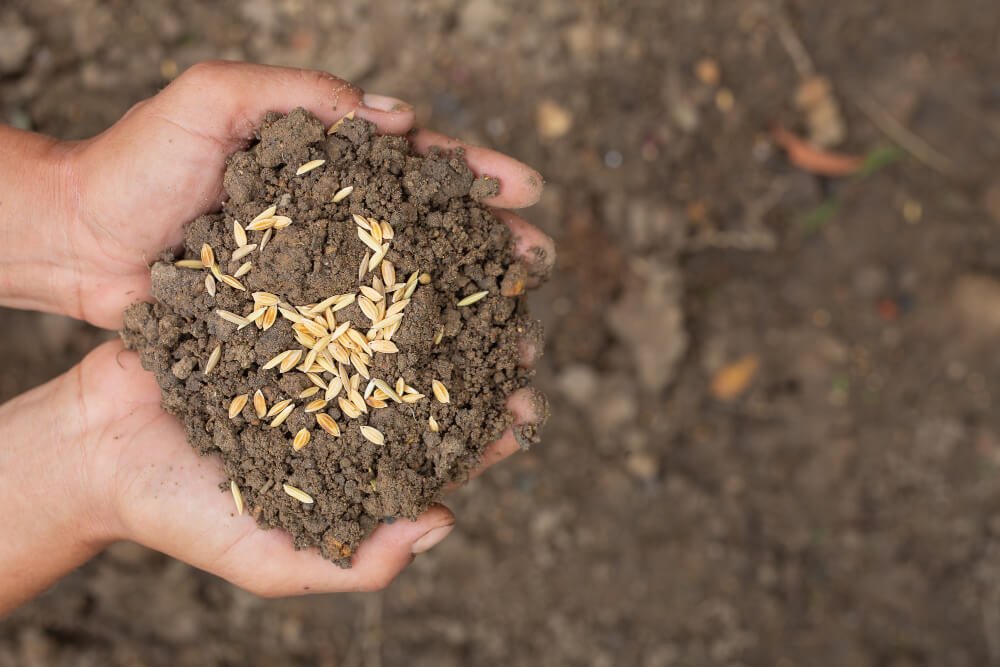Reseeding is not an easy task to do. But it is a must if you want to renovate your already unhealthy lawn. Once you are done, you’re probably wondering what next. Here are some expert ideas to guide you after lawn reseeding.
The readiness of the lawn
You have to remember that the new blades growing are more delicate than those you have planted before lawn reseeding. The reseeded grass is still on its way to establishing roots, which is why timing is the key. If you cut immediately, it may damage the grass. Pick a schedule that will be optimal for you. Make sure that it will go along with your irrigation and weed control time.
Part of waiting is monitoring the grass growth. However, cutting the grass too short may end up on a wilted lawn. The mower may also compact the soil, which will hinder seedlings’ root spread. Also, compact soil will make it difficult for the seeds to attach themselves to the ground. To prevent that, ensure that the grass is long enough and has already an established root.
Seeds Age
The time it will take for your grass to grow is not constant. Although usually, it takes about five up to 30 days until you begin to see change. It still depends on many factors like the type of seed and the grass seed’s age. Grass growth after lawn reseeding may take time. So, be patient and do not be upset if you cannot see any progress, provided that you’ve correctly cared for your lawn. For lawn reseeding success, note the moisture, warmth, light, and oxygen your grass receives. If you want to check whether your grass is ready for mowing, tug it. If you don’t feel the turf lifting, then you’re good to go.

Condition of the soil
When cutting the grass after lawn reseeding, make sure that the soil’s condition is not wet. Allow your lawn to dry for about 48 hours when mowing for the first time. Or better yet, finish mowing before irrigating. When you cut the new grass while the soil is wet, it may damage the blades. The wet grass may become tangled. However, wet soil makes it easier for you to pull them by the roots.
Clean the area when you mow. Remove all the grass clippings. Leaving them in the open will contribute to thatch build-up. Grass clippings sitting on top of your newly reseeded lawn will prevent sunlight from passing through.
Mowing height
When mowing the first time, a rule of thumb lets the grass reach about 3 inches tall. Using the mower, only cut off 1/3 of the grass height. If you cut more than that, you may slow the growth process of your grass. Excessively short grass will lead to shallow root systems and cause drought stress. And when your soil is under constant pressure, it will be prone to fest infestations. In addition, grasses that are kept slightly longer will be more resilient to extreme weather.

Manner
To ensure growth after lawn reseeding, mow slowly. Be mindful of this because if you cut rashly, it may uproot the new grasses. Their roots are still growing and not as attached to the ground as mature grass. Plus, the grass has already undergone stress from the roll-up and reseeding. Keep in mind to be gentle. It is good to turn the mower after each strip carefully so as not to tear your lawn. You may mow in varied directions. It will help the grass remain upright and properly cur. Cutting in one direction will result in blades bent down, which will then compact the soil.
Check the Blades
Also, don’t forget to check your blades first. A sharp blade will make things easier for you. Keep in mind to sharpen the blade after every 20 hours of use. A blunt blade may cause damage since it may rip even healthy lawns. Typically, mowing needs to be scheduled weekly during the growing season. Don’t let the grass grow long. If you already did, prevent yourself from cutting it back extremely short. Doing this will be stressful for the plants. Also, make it prone to brown and patchy grasses. It’s optimal to mow a little and frequently.
Reseeding is part of maintenance when you own a lawn. And it doesn’t end there. It entails lawn reseeding care. Just follow the guide provided above, and you will be rewarded with healthy and new turf.











